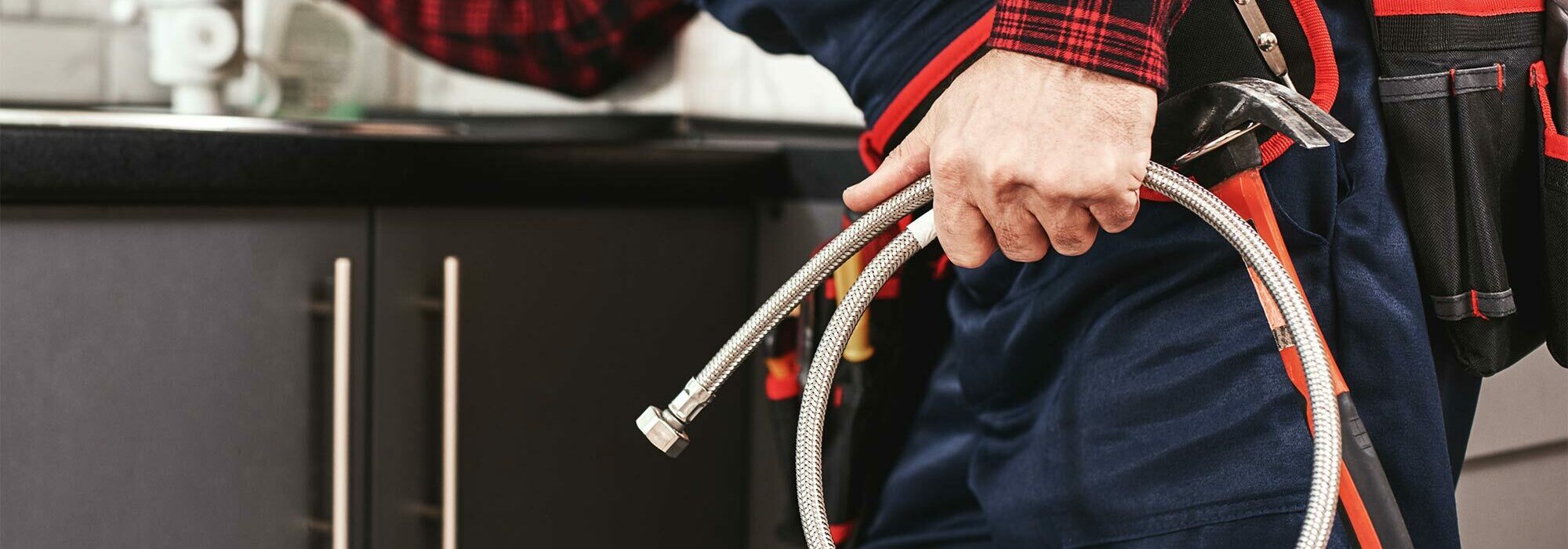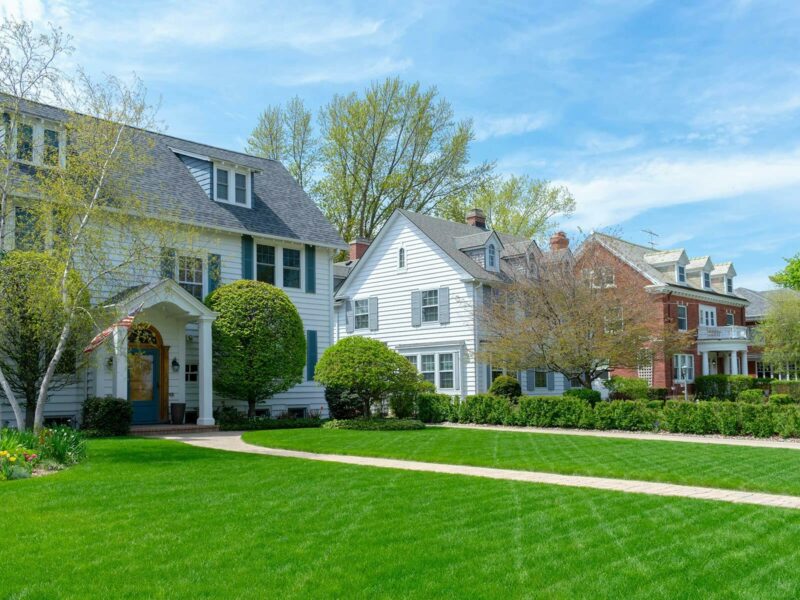Article Excerpt
How much do you know about your home’s plumbing system? Do you know which parts are most important in a crisis? Learn more about this modern miracle.
Running water in the home is among the most revolutionary innovations of the past few centuries. Most people only have to turn on a tap to get water instead of pumping it out of a well or drawing it from a stream. In addition to providing a consistent source of water, utility companies have managed to make that water safe to drink — most of the time, anyway. The plumbing system in your home is a complex system of pipes, valves, and vents that mostly runs on simple physics.
Aside from your water heater, the entire system can run without electricity. Gravity handles many of your plumbing system’s functions. How much do you really know about your home’s plumbing, though? Maybe you’ve heard of a “P-trap,” but you don’t know why it’s called that (hint: it’s probably not what you think).
Read on to learn more about the miracle of residential plumbing.
3 Main Home Plumbing Systems
Your plumbing system has three main systems: water supply, sewage, and drainage. These systems overlap and cooperate, but they also remain separate for some very important reasons.
Water Supply
If you get your water from a municipal supply, it most likely comes into your home from a large pipe known as a water main that distributes water to the homes in your area. Water mains are often located under or near streets. A supply line branches off the water main onto your property. Water passes through a meter that measures how much water you are drawing from the main.
Once the water enters your home, it branches into cold and hot water lines. The cold water line can go directly to faucets, toilets, hose bibs, and other water sources. The hot water line goes through your water heater first. Any plumbing fixture in your home that needs hot water, such as sinks, bathtubs, showers, dishwashers, and washing machines, needs connections to both lines.

Sewage
Once you’ve used water for various purposes, your plumbing system is designed to get it out of your house as quickly as possible. The sewage system takes wastewater from sinks, toilets, etc., and sends them to a sewage line. That line connects to a sewage main, which takes the water to a septic tank or the municipal sewage system.
Your home’s sewage plumbing can do more than dispose of wastewater. It can also vent sewer gasses out of your home. At a minimum, traps below every sink prevent sewer gasses from coming into the home. The P-trap — named for its shape like the letter “P” — traps water from the faucet to block sewer gas from moving back up the pipe into the house. Instead, the gas goes up vent pipes connected to the drain pipes. Those vent pipes eventually exit the house through the roof, dispersing them into the air far from where people are likely to be.

Drainage
Your home’s drainage plumbing system removes excess water from in or around the house. In some homes, the drainage system may simply consist of gutters and other water channels. Basements are not common in Texas, partly due to the risk of flooding. Low-lying rooms may have drains that are part of this system in order to remove any water buildup.
What Are Some Important Components of Your Home’s Plumbing?
You’re familiar with the “user interfaces” of your plumbing system — sinks, showers, and so on. As a homeowner and the likely first person to be able to respond to a plumbing emergency, you should be familiar with a few other parts as well. That way, whether you pay with an installment loan or take out money from your savings, you can accurately gauge the costs you’re about to pay during a plumbing emergency.
Shut-Off Valves
A shut-off valve can prevent a water problem from becoming a water catastrophe. The main shut-off is located next to the water meter. You may need a special tool, known as a “water meter key,” to shut the water supply off for the entire house. If you have a major plumbing issue like a burst pipe, you’ll want to shut the water off here.
Some water fixtures have their own shut-off valves. Toilets and sinks typically have them, for example. This is important if you have a more localized problem, such as an overflowing toilet.
Traps
As mentioned above, traps are located below your sinks and keep sewer gas from stinking up your home. Because they are designed to use gravity to hold water as a barrier against sewer gas, other materials can also get stuck there. You may need to remove the trap in order to clean it. Some traps have a clean-out plug that let you clean it without removing it.
If you don’t use a sink very often, the water in the trap can dry up. This may allow sewer gas into the house. If you smell something rancid in the vicinity of an unused sink, this could be the culprit.
Home Ownership Isn’t THAT Hard!
You don’t need to be a plumber to take good care of your home. Although ownership may seem intimidating (for several reasons), the mortgage process should not be one of them. The professionals at The Wood Group of Fairway are ready to help answer your questions, no matter how small. See what you may qualify for by answering a few easy questions online!



